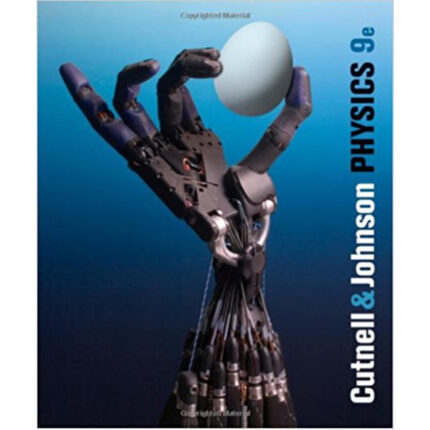Chapter 11 Test Bank KEY
1. An amorphous solid
A. has its particles arranged in a regular pattern.
B. is held together by ionic bonds.
C. does not melt at a definite temperature but softens gradually.
D. consists of nonpolar molecules.
Accessibility: Keyboard Navigation
Blooms: 2. Understand
Section: 11.01
Topic: Intermolecular Forces
2. Most solids are
A. amorphous.
B. crystalline.
C. covalent.
D. polar.
Accessibility: Keyboard Navigation
Blooms: 1. Remember
Section: 11.01
Topic: Intermolecular Forces
3. Glass is
A. amorphous.
B. crystalline.
C. covalent.
D. polar.
Accessibility: Keyboard Navigation
Blooms: 1. Remember
Section: 11.01
Topic: Intermolecular Forces
4. The weakest bonds are
A. ionic.
B. covalent.
C. metallic.
D. van der Waals.
Accessibility: Keyboard Navigation
Blooms: 1. Remember
Section: 11.03
Topic: Intermolecular Forces
5. The strongest bonds are
A. ionic.
B. covalent.
C. metallic.
D. van der Waals.
Accessibility: Keyboard Navigation
Blooms: 1. Remember
Section: 11.03
Topic: Intermolecular Forces
6. The individual particles in a metal are held together as a result of
A. electron transfer between adjacent atoms.
B. electron sharing between adjacent atoms.
C. the attraction of polar molecules.
D. a sea of freely moving electrons.
7. The individual particles in a molecular solid are held together as a result of
A. electron transfer between adjacent atoms.
B. electron sharing between adjacent atoms.
C. the attraction of polar molecules.
D. a sea of freely moving electrons.
8. The individual particles in an ionic solid are held together as a result of
A. electron transfer between adjacent molecules.
B. electron sharing between adjacent atoms.
C. the attraction of polar molecules.
D. a sea of freely moving electrons.
9. The individual particles in a covalent solid are held together as a result of
A. electron transfer between adjacent atoms.
B. electron sharing between adjacent atoms.
C. the attraction of polar molecules.
D. a gas of freely moving electrons.
10. An example of a covalent solid is
A. ice.
B. diamond.
C. table salt.
D. tin.
Accessibility: Keyboard Navigation
Blooms: 1. Remember
Figure: 11.09
Section: 11.02
Topic: Intermolecular Forces
Accessibility: Keyboard Navigation
Blooms: 1. Remember
Section: 11.03
Topic: Intermolecular Forces
Accessibility: Keyboard Navigation
Blooms: 1. Remember
Section: 11.01
Topic: Intermolecular Forces
Accessibility: Keyboard Navigation
Blooms: 1. Remember
Section: 11.01
Topic: Intermolecular Forces
Accessibility: Keyboard Navigation
Blooms: 2. Understand
Section: 11.01
Topic: Intermolecular Forces
11. An example of an ionic solid is
A. ice.
B. diamond.
C. table salt.
D. tin.
Accessibility: Keyboard Navigation
Blooms: 2. Understand
Section: 11.01
Topic: Intermolecular Forces













Reviews
There are no reviews yet.